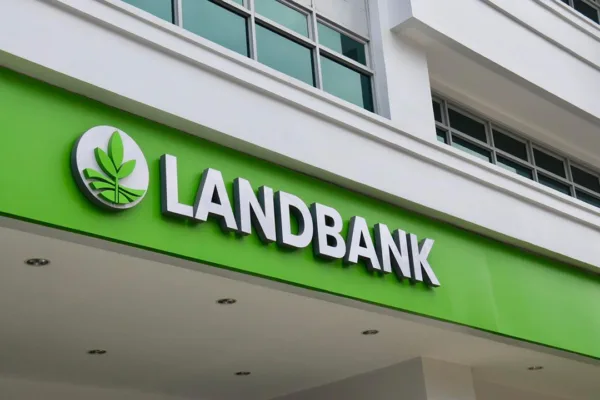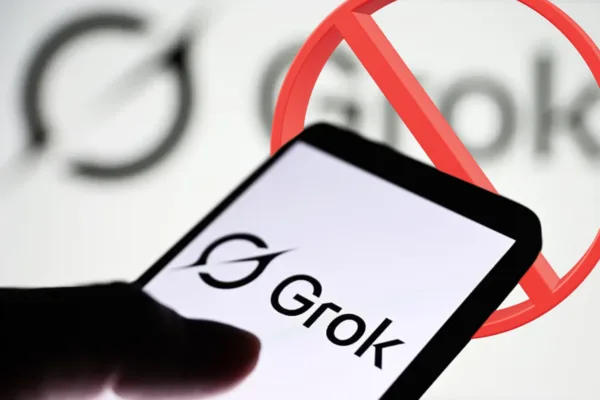In the midst of the COVID-19 pandemic, people have become drawn more into digital transactions. This prompted the sudden shift to digitalization in acquiring goods and services, which was dominantly led by the Fintech industry and its innovations.

To satisfy this new customer demand, businesses have since embraced electronic and digital transformation in their services. It seems that this has also been the case in the Asia Pacific (APAC) region, particularly in the B2B (business-to-business) payment industry.
In a study conducted by Frost & Sullivan Singapore, it was predicted that B2B payments will grow up to $1.4 trillion in APAC by 2025. The estimated amount is about twice that of the $6 billion revenue derived in 2018. This big leap in number is due to a steadily growing e-commerce market and the rising adoption of financial technology.
Despite this positive outlook, the expected growth in B2B payments is also faced with setbacks brought about by geopolitical risks and security concerns. Regardless, B2B companies and their key partners are set to continue merging with fintech to ensure that this expected growth can come to fruition.
The survey cites four particular fintech aspects that can potentially boost this market growth:
1) Cryptocurrency for cross-border payments
One of the most difficult challenges posed by the digitalization of B2B is cross-border payment. Since B2B companies transact bulk and larger sums of money, their operations are considered riskier than the other payment method or B2C (business-to-consumer) payment. B2B is also more expensive due to compliance with 32 regulators across the region. Cryptocurrency could be a potential solution to this problem as this particular fintech service can help verify the origin and authenticity of a product as it moves across the value chain.
In a survey conducted by Stellar Development Foundation and Wirex, a UK-based crypto platform, it was learned that the use of crypto for international remittances is growing. Out of 10,000 consumers surveyed from four key markets, more than half (52%) said that they see crypto as a valid means of sending money overseas using traditional means. Another 45%, mean
In a survey conducted by Stellar Development Foundation and Wirex, a UK-based crypto platform, it was learned that the use of crypto for international remittances is growing. Out of 10,000 consumers surveyed from four key markets, more than half (52%), said that they see crypto as a valid means of sending money overseas using traditional means. Another 45%, meanwhile, said they have already done so.
2) Minimize security risk with historical transaction data
Ensuring security should go hand-in-hand with both B2B companies and their customers. But still, the initiative should first be done by the companies. To minimize security risks, B2B payment providers should enable customers to attain better feasibility and traceability of transaction processes through historical transaction data. This data will then allow customers to identify possible compromised transactions.
3) Develop innovative payment products for SMEs
SMEs or small and medium-sized enterprises are among the key players in B2B payment and its growth. B2B payment solution providers are advised to develop innovative payment products that can address both working capital and cash flow challenges for SMEs. The improved fintech solutions will help provide for smoother transaction processes. It can also prove to be less time-consuming and more cost-effective, giving customers a satisfying experience that can lead to loyalty and generate new revenue streams.
4) B2B payment providers should collaborate with major card networks and offer virtual credit cards
In line with digitalization, it’s obvious that virtual cards are one of the most essential parts of a growing B2B payment system. According to a report published by VISA, an international finance company that is best known for their credit, debit, and prepaid cards, “Organizations that embrace virtual cards are more likely to attain automation, better expense control, operations efficiency and reduced fraud.”
VersaPay, another known payment services provider, said that the global value of virtual card transactions reached $1.9 trillion in 2021, and will continue to grow in the coming years ahead. With the booming popularity of digital payment, VersaPay believes that most B2B buyers are now in favor of using virtual cards as payment, and it has proven to be one the top payment methods for their B2B transactions.
Right now, several APAC countries have already started their moves to accelerate B2B payment through fintech innovations in their own respective countries and also for the entire region. For example, Singapore has announced three bilateral fintech cooperation with co-APAC countries–Thailand, Malaysia, and Australia for the year 2021-2022.
The initiative was then followed by partnerships between Singapore’s PayNow and Thailand’s PromptPay in April 2021 and Malaysia’s DuitNow in September of the same year. The agreement has allowed customers of the participating banks in the said countries to pay and then transfer funds real-time using mobile numbers and QR codes. Just last April this year, Australia and Singapore signed the Australia-Singapore Fintech Bridge Agreement to deepen their bilateral and multilateral ties regarding fintech. APAC still has a long way to go, but the fintech industry is definitely off to a good start.
Fintech is now making waves in the business sector, not only in the APAC region but more so on a larger global scale. If you are in the B2B payment industry, adopting digitalization and merging in with fintech should be a good move so you and your business can prosper and stay within the business arena.







